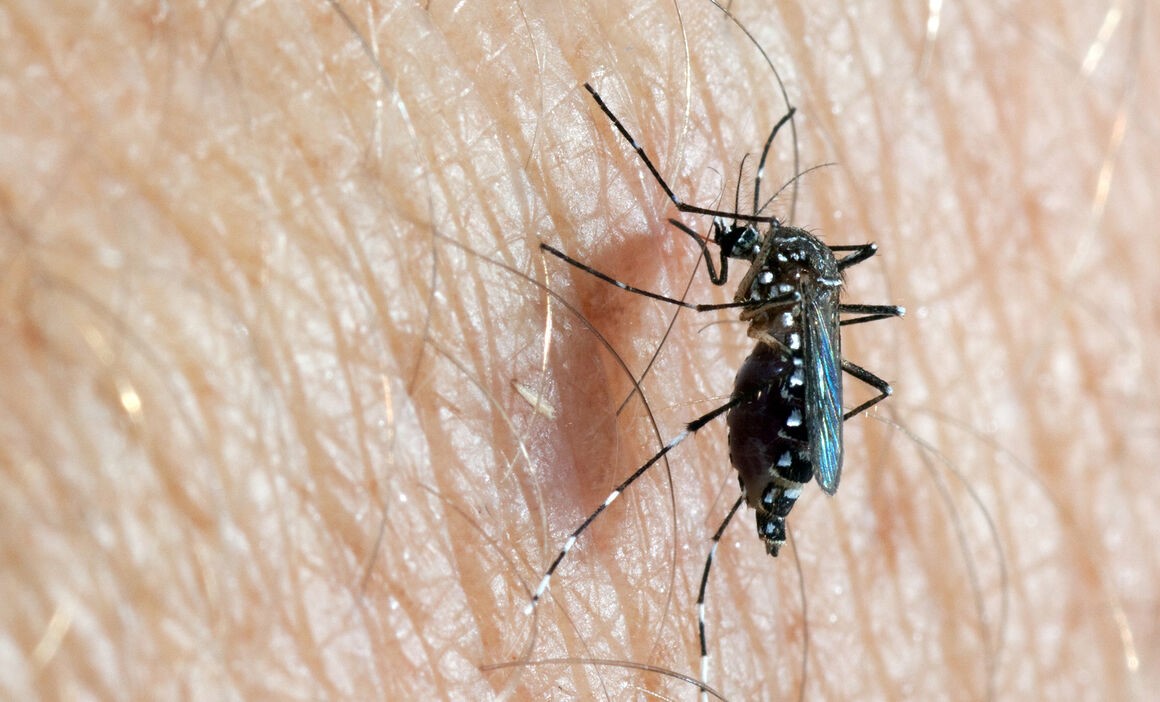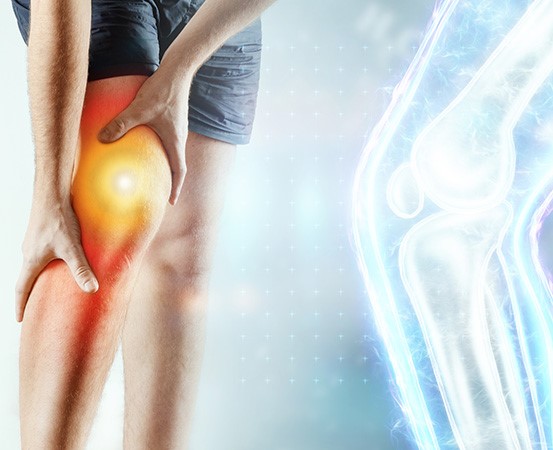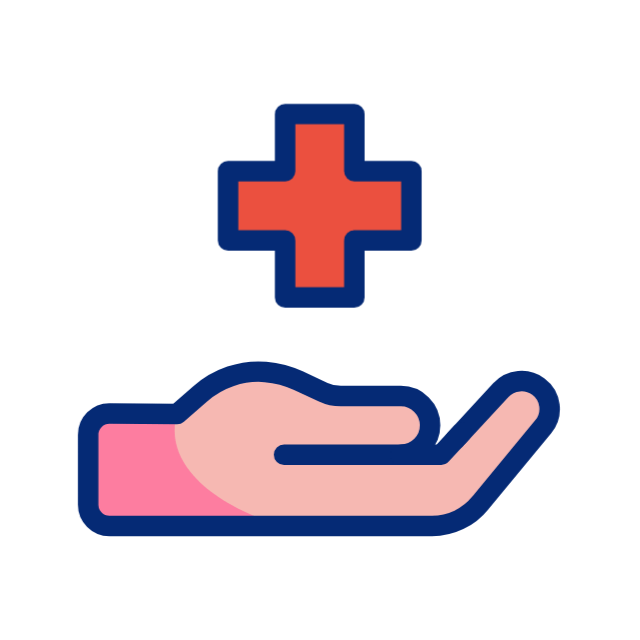- Experiencing Joint Pain After Few Days Of Being Infected
- Treating CHIKV Arthritis
- Pharmacological Approach As Per The Pain Scale

Chickengunya virus (CHIKV) is one of the disease that is spread by the transmission of a mosquito bite, Aedes aegypti.
The common symptoms include fever, joint pain, headache,lethargy and weakness. Most of the people experience these painful conditions for about a week, but the debilitating joint pain is one that doesn’t simply go away!
Strangely there are no prominent treatment options for this disease, although recovery chances depend on how often you take rest and engulfing great amount of fluids. However the medications provided by your healthcare provider focuses on managing your symptoms and lessening your pain to some extent.
Some other health conditions such as diabetes, hypertension or cardiovascular diseases complicate the viral infection and may prolong the joint pain for months.
Experiencing Joint Pain After Few Days Of Being Infected
You might’ve recovered from Chickengunya fever but your joints suddenly ache as if you’ve lifted enormous weight, making your daily life a hectic task! We will outline some of the physiological and therapeutic aspects of this pain.

First, let’s see why does this pain start? As soon as you’re infected by any virus , your body’s immune response starts defensive mechanism against the invaders.
In this process, the body’s normal cells are also targeted along with the virus resulting in inflammed tissues and muscles. When this happens in the joints it causes pain and swelling hindering their movement. The harmful toxins that are left behind by the virus even after they’re gone, affect the joints such as wrist, elbow, ankle and knees. Arthritis may be present for 3 months post-chickengunya infection, however it is based upon a patient’s lifestyle and medicines intake that how long they take to recover.
Treating CHIKV Arthritis
Doctors will initially advise you with sufficient amount of rest that you must take.You should follow mild exercises as the next step for dealing with the joint pain. Lessened movement make the sufferers feel pain more as they experience being nearly handicapped,specially when they wake up in the morning after night time’s rest. Try practicing some easy and convenient exercises as soon as you are awake in the morning, but do not go after heavy exercises. You can simply stretch your legs while sitting on a chair, getting up and trying to raise your legs, moving your body changing position slowly from one side to other. Alongside, usage of ice packs and heat packs on the affected areas, can also lessen the inflammation related pain while you can take painkillers too , as the doctor advises.
Pharmacological Approach As Per The Pain Scale

To effectively treat the pain , it is necessary that the pain is tried to be managed in it’s acute stage only. If the pain is not accurately managed it may proceed to chronic stage , which in turn may lead to neurologic problems like depression,sleeping issues and fatigue. The pain can be classified as VAS ( Visual Analog Scale) and Face scale that categorises pain into mild (1-3) , moderate (4-6) and severe as (7-10).
Pharmacological approach is suggestive of avoiding the use of NSAIDs in the acute stage as it might lead to severe form of chickengunya indicating the symptoms of hemmorhage and renal failure.

Using opioids and paracetamol can be safe however it requires monitoring to prevent adverse effects.

Corticosteroids should not be taken in viral infections as they can increase the risk of complications, although they’re suggested for use in severe stages of arthralgia such as prednisone given at a dose of <0.5mg/kg/day.

If the pain modulates to being neuropathic , anti-convulsants and anti-depressants such as amitryptyline and gabapentin may be prescribed.

Hydroxychloroquine is a suggested drug of choice in chronic joint pain as it has known anti-inflammatory action against arthritis and also it’s anti-viral mechanism. It should be taken at 6mg/kg/day as the initial dose for six weeks and later if the pain still persists, less than 4 , so it should be continued for six more weeks. And if the pain score is more than 4, sulphasalazine must be added at 1000mg every 12 hour, alongside continuing hydroxychloroquine being taken for more six weeks. (This treatment has been known effective for those who get refractory joint pain.)
Upon next followup if the patient is pain-free, the medications can be discontinued. However if the VAS score is < 4, hydroxychloroquine and sulphasalazine should be continued for further 6 weeks. But if VAS is > 4 , the previous combination should be replaced by methotrexate which is started from 10mg and gradually increased to 25mg per week. Folic acid should be taken must along with methotrexate at a dose of 5mg per week.
Still if the pain doesn’t subside, it is suggested to visit a rheumatologist and look for other diagnosis and managed by other treatment strategies.

Leave a Reply